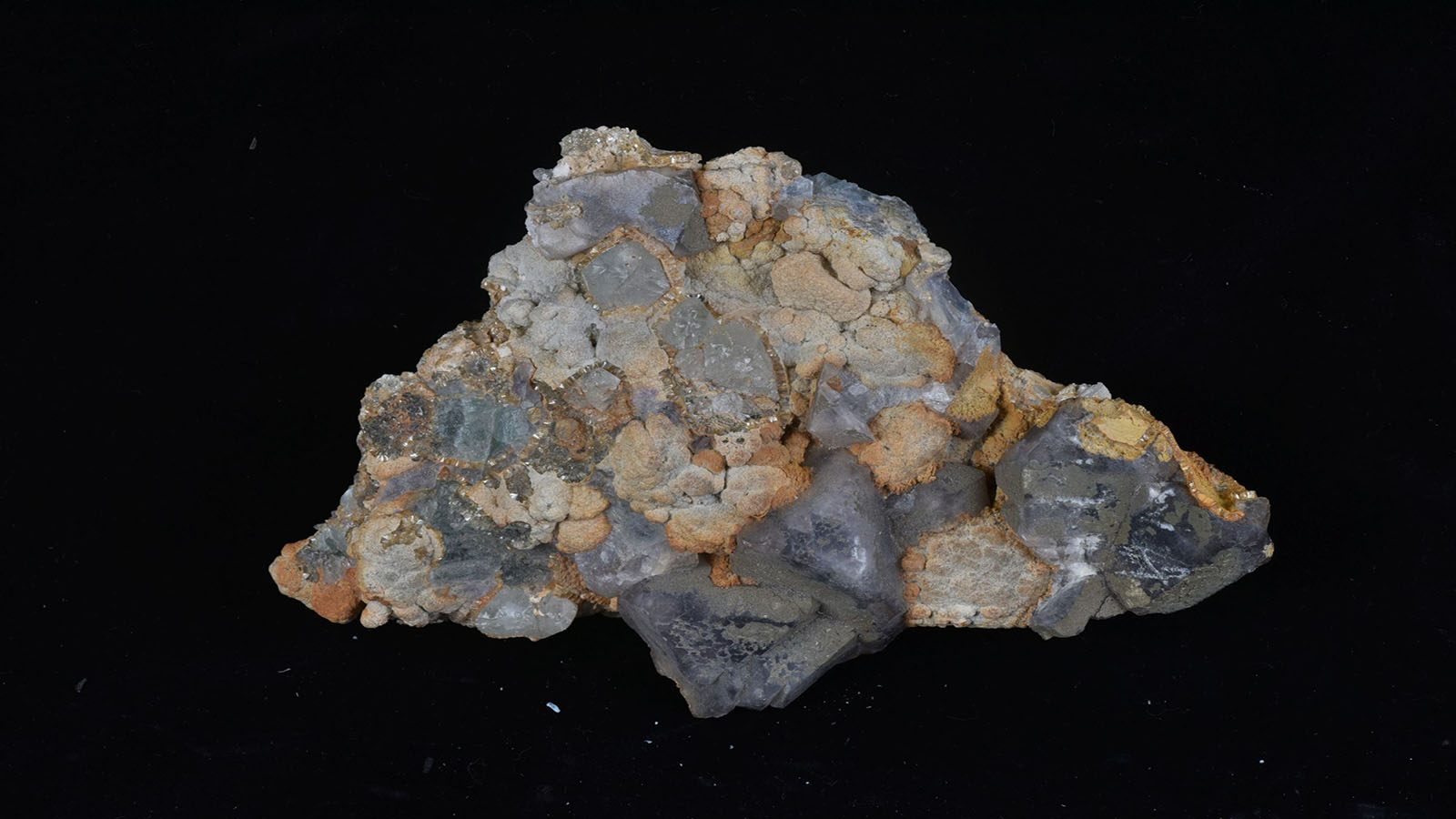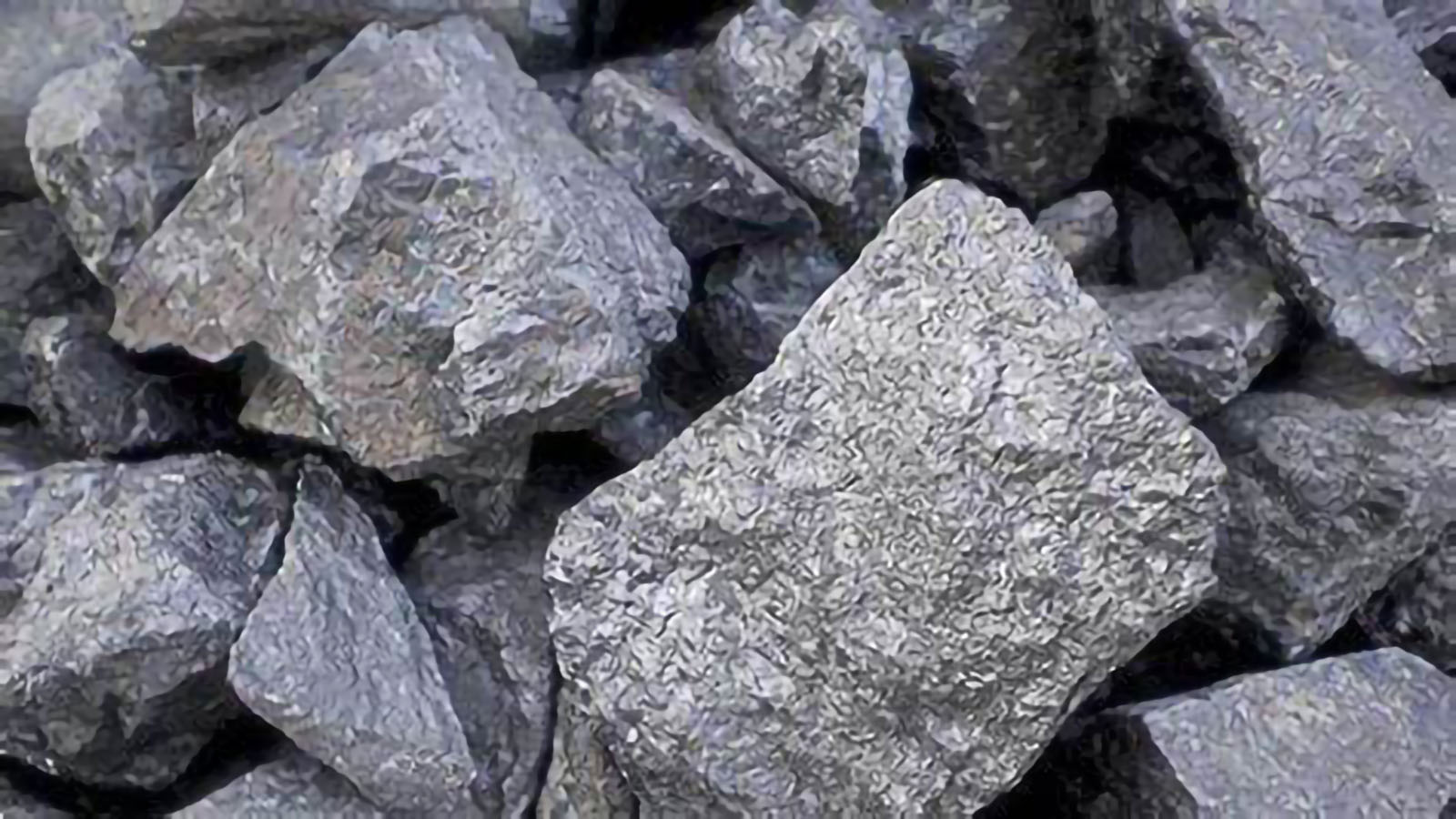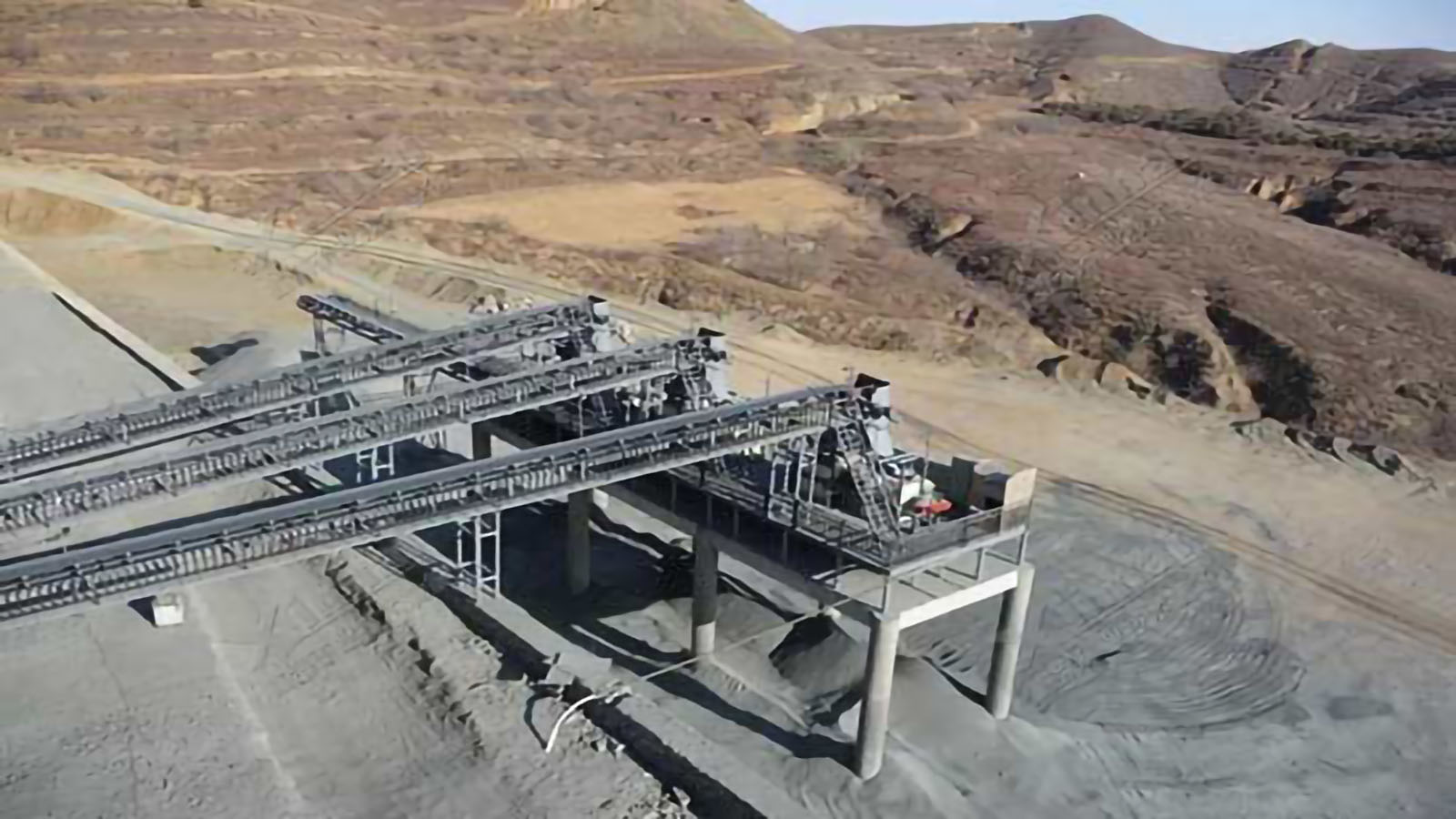
As an important non-metallic mineral for modern industry, fluorite is widely used in metallurgy, chemical engineering, optics, and other fields. With the growing demand for high-purity fluorite, efficiently processing low-grade, complexly disseminated associated fluorite ores has become a significant challenge in the mining technology sector. Facing the increasingly prevalent "three low" characteristics of fluorite resources (low grade, fine-grained dissemination, complex co-existence), traditional singular beneficiation methods can no longer meet the requirements for high-quality concentrate production. This article systematically explores modern flotation processes and optimization strategies for different types of associated fluorite ores.
Development and Challenges of Fluorite Beneficiation Technologies
Fluorite ore beneficiation technology has evolved from simple hand sorting and gravity separation to modern flotation techniques. Early hand sorting and gravity separation methods were only suitable for processing ores with minimal gangue minerals, high fluorite grade, or significant density differences between minerals. These methods show obvious limitations when processing complex associated fluorite ores:
- Inability to effectively separate mineral components with similar densities, such as fluorite and calcite
- Poor selective separation capability for fine-grained disseminated ores
- Difficulty in obtaining high-grade (CaF₂>97%) fluorite concentrate products
The widespread application of flotation technology has provided technical assurance for the efficient separation of complex fluorite ores. According to our research and practice, differentiated flotation process strategies need to be adopted for different types of associated fluorite ores to maximize fluorite recovery rates and concentrate quality.
Refined Flotation Processes for Quartz-Type Fluorite Ores
Quartz-type fluorite ore is one of the most common fluorite ore types, primarily composed of fluorite and quartz minerals. Based on the ore's dissemination characteristics, it can be divided into coarse-grained and fine-grained types, requiring different beneficiation strategies:
1. Coarse-Grained Quartz-Type Fluorite Flotation ProcessCoarse-grained quartz-type fluorite ore (main mineral particle size >0.1mm) has relatively simple dissemination and high liberation degree, allowing for a relatively straightforward flotation process design:
- Process Flow: The typical process flow is "crushing - single-stage grinding - one roughing - multiple cleanings," usually requiring only 2-3 cleaning stages to obtain high-grade concentrate
- Key Parameter Control: Grinding fineness controlled at 65-75% passing -0.074mm, flotation pH maintained in the 8.5-9.2 range, conducive to effective separation of fluorite from quartz
- Reagent System: Sodium carbonate (Na₂CO₃) as the primary pH regulator, sodium silicate (Na₂SiO₃) as quartz depressant, and oleic acid or sodium oleate as the main collector
Practice has shown that this process flow is simple and efficient with low energy consumption, capable of producing high-quality fluorite concentrate with CaF₂ content exceeding 98% while maintaining fluorite recovery rates of 85-90%.
2. Fine-Grained Quartz-Type Fluorite Flotation ProcessFine-grained quartz-type fluorite ore (main mineral particle size <0.074mm) has low liberation degree and increased beneficiation difficulty, requiring a more complex process flow:
- Process Flow: The typical process is "primary grinding - roughing - regrinding of rough concentrate - multiple cleanings," usually requiring 3-4 cleaning stages to meet product requirements
- Grinding Strategy: Adopting staged grinding, with primary grinding fineness controlled at 60-65% passing -0.074mm, and regrinding fineness reaching 80-85% passing -0.045mm to fully liberate fluorite from gangue minerals
- Reagent Optimization: Appropriately increasing sodium silicate dosage (500-800g/t), adding small amounts of sodium sulfide (50-100g/t) to suppress potential cation activation phenomena, and controlling oleic acid collector dosage at 400-600g/t
For ultra-fine disseminated quartz-type fluorite ores, we recommend using flotation columns or flotation beds and other modern flotation equipment, which demonstrate significant advantages in processing fine-grained materials, potentially increasing CaF₂ grade by 1-2 percentage points.
Differential Flotation Technologies for Calcite-Type Fluorite Ores
Calcite-type fluorite ore presents a greater beneficiation challenge, as fluorite and calcite have extremely similar physicochemical properties (both being calcium minerals with similar surface properties), making traditional flotation methods ineffective for separation. Through systematic research, we have developed a targeted flotation process:
1. Temperature-Controlled Differential Flotation ProcessCalcite and fluorite respond differently to collectors under various temperature conditions, a characteristic that can be utilized for their selective separation:
- Mixed Preferential Flotation: First conducting mixed flotation at normal temperature (15-20°C) using fatty acid collectors to float both fluorite and calcite together, obtaining a high-recovery mixed concentrate
- Temperature-Controlled Separation: Separating the mixed concentrate at 50-60°C temperature conditions with specific calcium mineral depressants (such as phosphates, polycarboxylic acids, etc.), utilizing the effect of temperature increase on calcite surface activity to achieve selective separation
- Cleaning Optimization: Conducting 3-4 cleaning stages on the preliminarily separated fluorite concentrate, gradually reducing temperature with each cleaning stage, and completing the final cleaning at 12-15°C to obtain high-grade concentrate
2. Composite Depressant SystemThe key to processing calcite-type fluorite ore lies in optimizing the depressant system:
- Composite Depressants: Utilizing combinations of sodium silicate, phosphates, and organic polymer depressants to create synergistic depression effects
- Dispersant Application: Adding appropriate amounts of sodium hexametaphosphate (300-500g/t) as a dispersant to prevent non-selective agglomeration of mineral surfaces
- Precise pH Control: In the pH range of 8.5-9.5, the floatability difference between calcite and fluorite is most pronounced, making this the optimal pH range for separation
Practice has proven that through the synergistic effect of temperature control and composite depressant systems, the beneficiation indicators for calcite-type fluorite ore can be significantly improved, with concentrate CaF₂ content reaching above 95% while maintaining recovery rates at 75-80%.
Comprehensive Recovery Process for Polymetallic Associated Fluorite Ores
Polymetallic associated fluorite ores typically contain lead-zinc sulfides, pyrite, and other metal sulfide minerals. The beneficiation process for such ores needs to consider the coordinated recovery of metallic minerals and fluorite:
1. Preferential Flotation Process DesignFor polymetallic associated fluorite ores, a "sulfides first, fluorite second" preferential flotation sequence is adopted:
- Process Flow: "Grinding - sulfide preferential flotation - sulfide depression - fluorite flotation - fluorite cleaning"
- Sulfide Flotation: Using butyl xanthate (100-150g/t) as the main collector, pine oil (30-50g/t) as frother, with pH controlled at 7.5-8.5 to preferentially recover sulfide minerals
- Fluorite Flotation: Adding small amounts of cyanide (30-50g/t) or sodium sulfide (50-80g/t) to the sulfide flotation tailings to further depress residual sulfides, then adding oleic acid collectors (400-600g/t) to float fluorite
2. Concentrate Quality Improvement TechniquesConcentrates from polymetallic associated fluorite ores typically require further quality enhancement:
- Concentrate Washing: Using dilute sulfuric acid (pH=5-6) or weak organic acid solutions to wash the concentrate, removing surface-adsorbed reagents and metal ions
- Fine Particle Processing: Using flotation columns for cleaning flotation of the final concentrate to remove residual fine sulfide particles
- Quality Control: Strictly controlling the content of harmful impurities such as sulfur and phosphorus in the concentrate to ensure it meets high-end application requirements
By optimizing the flotation process for polymetallic associated fluorite ores, we can achieve efficient coordinated recovery of metallic minerals and fluorite, with fluorite concentrate CaF₂ content reaching 94-96%, recovery rates maintained at 70-75%, while simultaneously obtaining high-grade and high-recovery metallic concentrate products.
Advanced Processing Technologies for Fine-Grained Fluorite Ores
With the gradual depletion of high-quality fluorite resources, processing fine-grained fluorite ores (>60% passing -0.037mm) has become an industry focus. For fine-grained fluorite ores, the limitations of traditional flotation equipment and processes are increasingly evident, necessitating specialized processing technologies:
1. Equipment OptimizationEquipment selection is crucial for fine-grained fluorite ore flotation:
- Flotation Columns: Utilizing their countercurrent washing action and longer mineralized bubble rising distance to effectively improve recovery rates and selectivity for fine-grained fluorite
- Flotation Beds: Suitable for recovering ultra-fine (-0.020mm) fluorite, using fluidized bed principles to enhance bubble-particle collision efficiency
- Mechanical Agitation Flotation Machine Improvements: Adopting deep-cell designs and special impeller structures to enhance the suspension and mineralization probability of fine-grained minerals
2. Process InnovationsProcess innovations for fine-grained fluorite ores primarily focus on the following aspects:
- Selective Agglomeration Flotation: Using specific agglomeration agents to selectively agglomerate fine-grained fluorite, forming larger agglomerates that are easier to float
- Carrier Flotation: Adding appropriate amounts of coarse-grained fluorite or other suitable materials as "carriers" to improve the flotation kinetics of fine-grained fluorite
- Ultrasonic-Assisted Flotation: Using ultrasonic energy to improve the wettability of fine-grained fluorite surfaces and bubble attachment efficiency
Practice has shown that through the application of these advanced technologies, the flotation recovery rate of fine-grained fluorite ores can be increased by 10-15 percentage points, providing technical support for the efficient utilization of low-grade, fine-grained disseminated fluorite resources.
Prospects for Environmentally Friendly Fluorite Beneficiation Technologies
With increasingly stringent environmental requirements, the green development of fluorite beneficiation processes has become an industry trend:
- Biodegradable Reagents: Developing biodegradable flotation reagents derived from renewable resources to replace traditional petroleum-based flotation agents
- Closed-Circuit Water Recycling Systems: Optimizing beneficiation wastewater treatment and recycling technologies to achieve near-zero discharge of beneficiation wastewater
- Tailings Resource Utilization: Developing comprehensive utilization technologies for fluorite tailings, converting tailings into useful products such as building materials and ceramics
- Energy-Saving Technologies: Employing efficient grinding, intelligent control, and other technologies to reduce energy consumption in the beneficiation process
Through continuous innovation in green beneficiation technologies, the fluorite beneficiation industry is steadily progressing toward greater efficiency, energy conservation, and environmental protection.
Conclusion and Outlook
Efficient beneficiation of associated fluorite ores is a systematic engineering endeavor requiring targeted process strategies based on ore characteristics. Quartz-type fluorite ore processing focuses on simplified flow and precise control, calcite-type fluorite ore emphasizes temperature regulation and depressant optimization, while polymetallic associated fluorite ore requires attention to preferential sequences and comprehensive recovery.
With continuous advancements in beneficiation technology, we have reason to believe that through the coordinated development of process optimization, equipment innovation, and reagent research, the beneficiation efficiency and economic benefits of associated fluorite ores will be further enhanced, providing reliable support for meeting the high-end application demand for quality fluorite concentrates.
Related News

Comprehensive Guide to Tin Ore Beneficiation: Four Processing Methods and Equipment Selection

In-Depth Analysis of Zircon-Titanium Ore Beneficiation Technologies: Mineral Characteristics and Industrial Separation Process Breakthroughs
